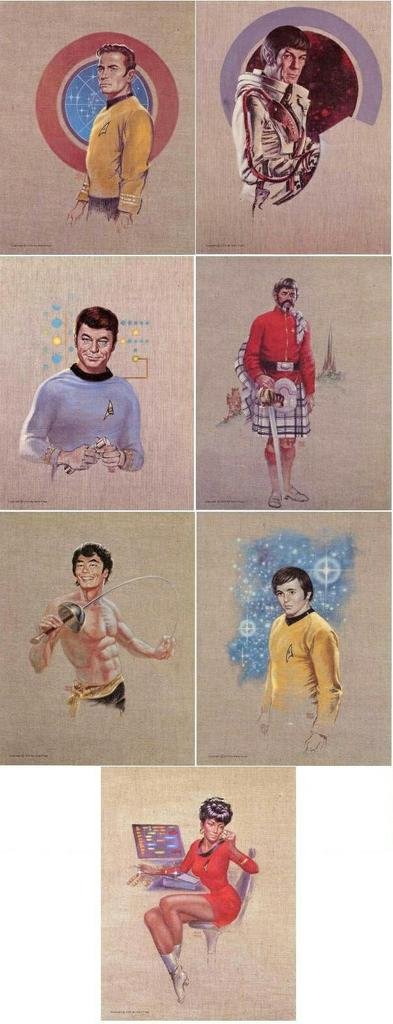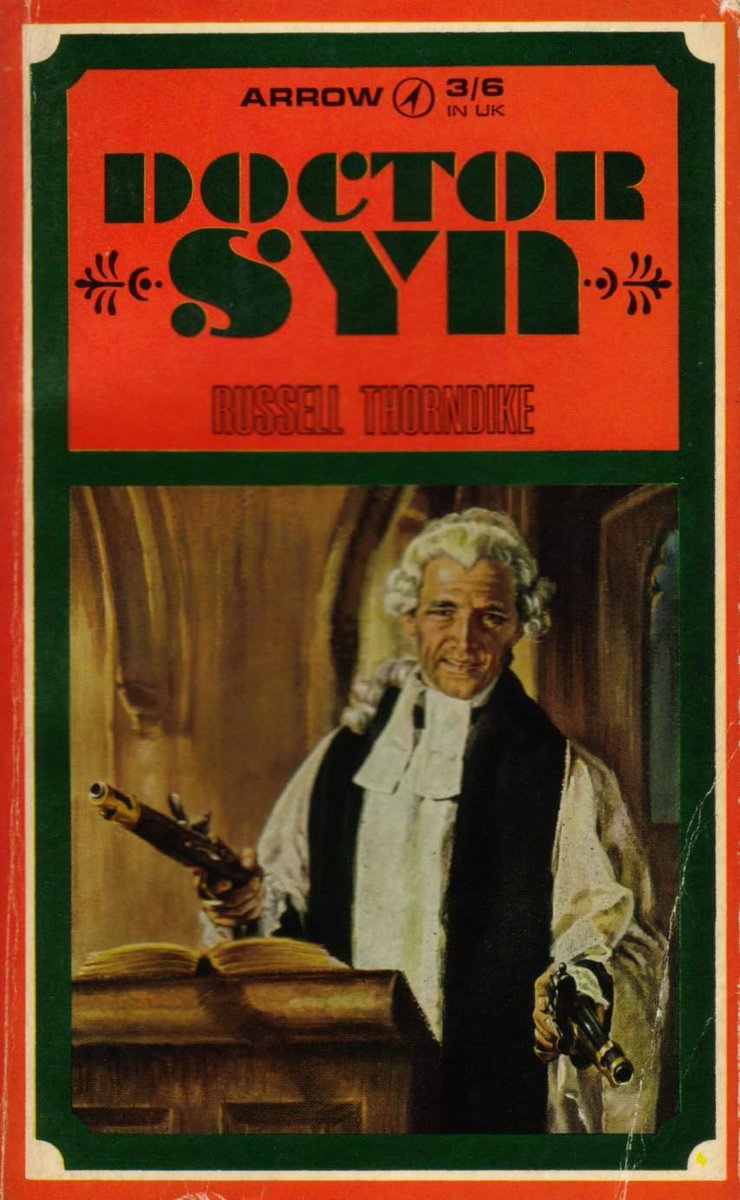OK, let's jump into the pulpmobile and head back to the world of 1976: they were having a #heatwave too! 

When the pupil is ready, the master will appear...
The Platypus of Doom and Other Nihilists, by Arthur Byron Cover. Warner Books, 1976.
The Platypus of Doom and Other Nihilists, by Arthur Byron Cover. Warner Books, 1976.

Rod, Jane and Freddy. Or was it Matthew? Was he before Roger? Or after original Bungle left? #SoManyQuestions... (1976) 

How does Conan toast a panini? He puts it under the griller!
The Savage Sword of Conan. Issue 14, Sept 1976. Cover by Earl Norem.
The Savage Sword of Conan. Issue 14, Sept 1976. Cover by Earl Norem.

Meryl Streep and John Cazale in Measure For Measure by William Shakespeare. Delacorte Theatre 1976, Central Park #NewYork. 

All This And World War II, the 1976 movie that mixed WW2 footage with Beatles cover versions by the Bee Gees, Bryan Ferry, Elton John, Keith Moon, Status Quo, Jeff Lynne, Tina Turner, Rod Stewart and Peter Gabriel:


Elton John's Captain Fantastic pinball table, 1976.
See if you can spot Ron Swanson in the background.

See if you can spot Ron Swanson in the background.


And now a joke from 1976 about RS232 serial ports:
"Hey girl, are you single? Cos I'm not seeing a Ring Indicator..."
I'm here all week. lOlOl
"Hey girl, are you single? Cos I'm not seeing a Ring Indicator..."
I'm here all week. lOlOl

• • •
Missing some Tweet in this thread? You can try to
force a refresh


















































